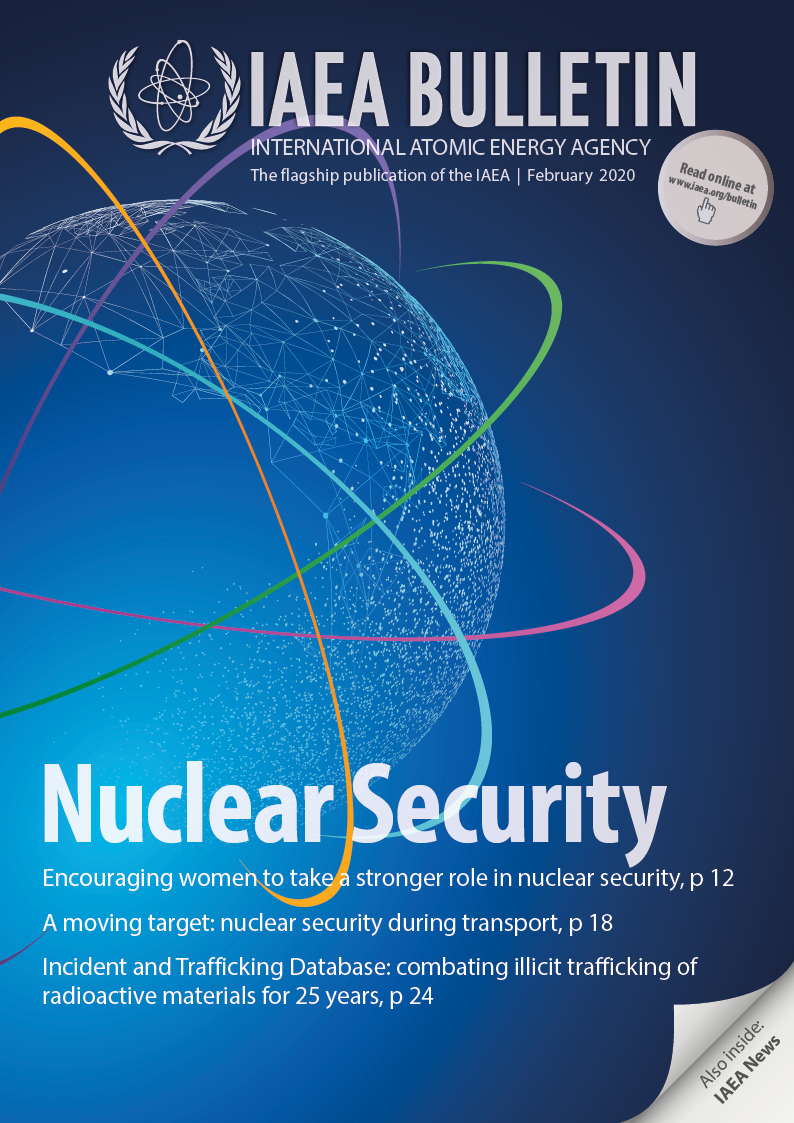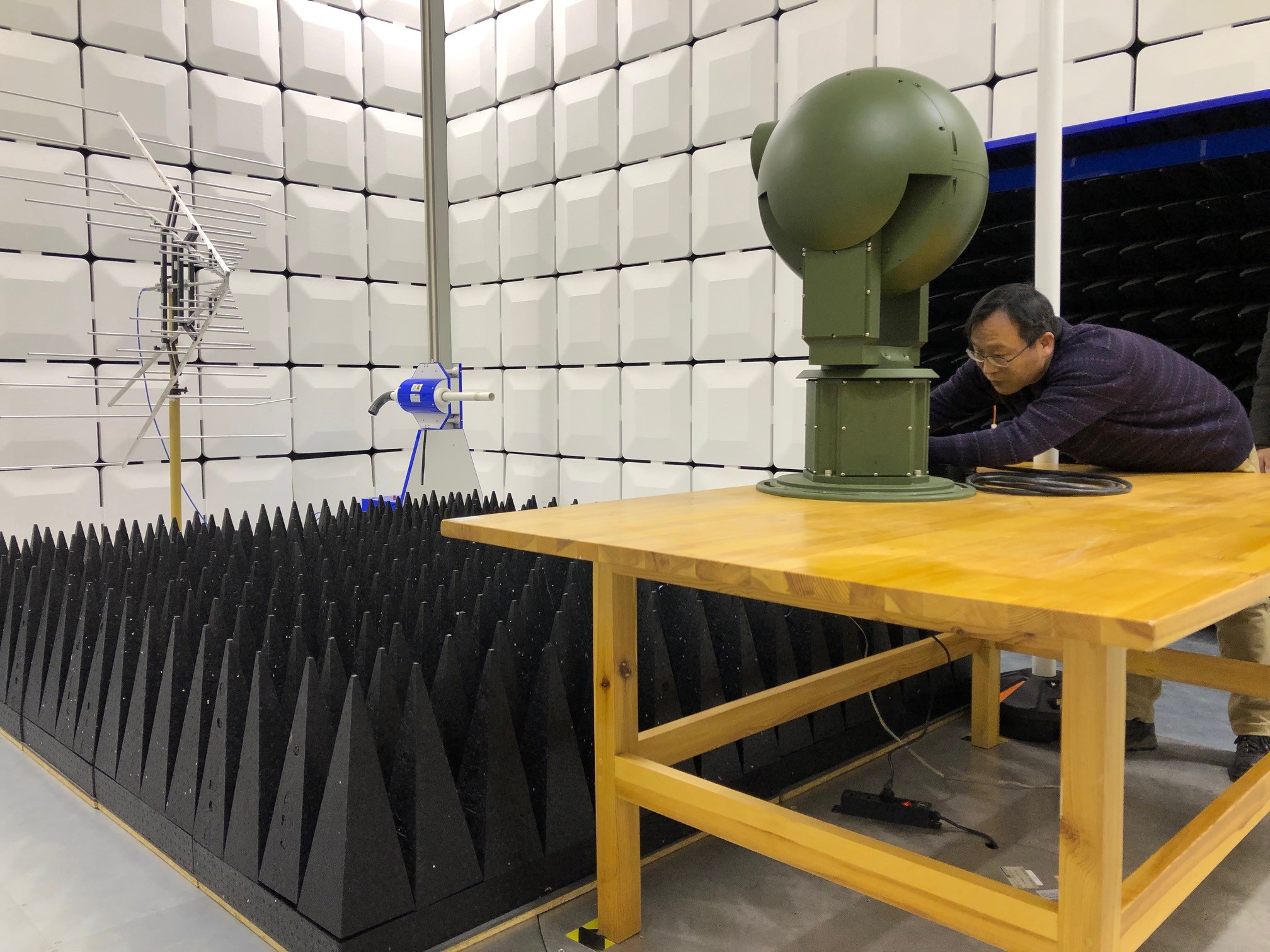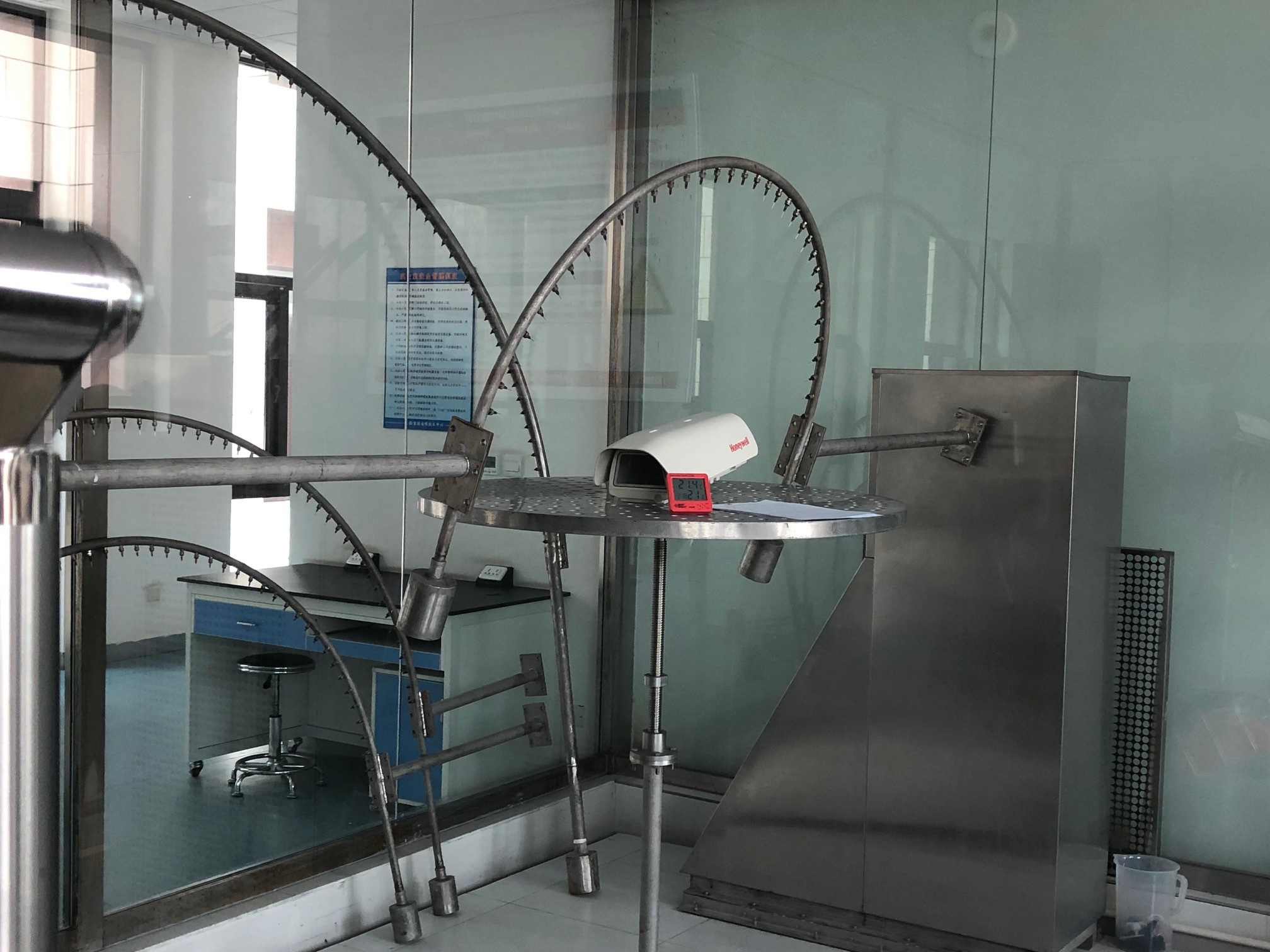As the amount of nuclear material in peaceful use grows worldwide, so does the need for authorities to prepare for threats. At the 2019 NSSC Network’s annual meeting in Beijing, participants discussed how they can increase their cooperation in strengthening the protection of nuclear and other radioactive material against terrorism and smuggling.
There is close cooperation among national authorities, facilitated by the IAEA, in globally strengthening the nuclear security framework, and training is a key activity in this cooperation, said Raja Abdul Aziz Raja Adnan, Director of the IAEA’s Division of Nuclear Security. In 2019 alone, more than 2000 participants from 145 countries took part in 101 IAEA nuclear security-related training courses and workshops — many of which were organized at various NSSCs — and developed their expertise.
“The NSSC Network and the IAEA can now provide more customized support and expand into a wider range of technical activities, in a structured, systematic and sustainable manner, in order to meet the needs of individual centres,” Raja Adnan said. “We must always aim for continuous improvement to stay ahead of the threat while endeavoring to use limited resources efficiently.”
For countries with smaller nuclear programmes, having facilities as large as those of the SNSTC may not be necessary. With proper planning, these countries can set up NSSCs that are suited to their national needs and can complement what countries with major nuclear power programmes can offer.
“Our Member States have asked us to play a central role with assisting in strengthening the global nuclear security framework,” said Raja Adnan. “In that respect, the IAEA coordinates and implements activities through which countries can cooperate to minimize the risk of nuclear and other radioactive material being used in a malicious way.”
One of these activities is through the broader IAEA Collaborating Centre scheme, which, among other activities, facilitates cooperation across countries with the purpose of advancing research, development and training in the peaceful uses of nuclear science and technology, including nuclear security. In September 2019, the SNSTC, which is part of the China Atomic Energy Authority (CAEA), became an IAEA Collaborating Centre in nuclear security technologies. Under a new cooperation agreement, the IAEA and the CAEA will work together to improve the functionality of radiation detection equipment and physical protection systems, including, for example, through tests that simulate harsh environmental conditions. The agreement facilitates collaboration between the IAEA and the CAEA in research, development, testing and training related to nuclear security detection and physical protection technologies.
“Terrorism knows no borders, so counterterrorism must also be coordinated among countries,” Xu said. “As a growing power in nuclear energy, we want to play our part in that.”


